With the introduction of the upcoming URSA Cine 17K, we can surely say that Blackmagic is disrupting the medium format cinema camera market, as it did post-production. The URSA Cine 17K will be Blackmagic’s new high-end top-notch flagship, counterattack the ARRI ALEXA 65, and will bring medium format cinematography and IMAX filmmaking to the masses.
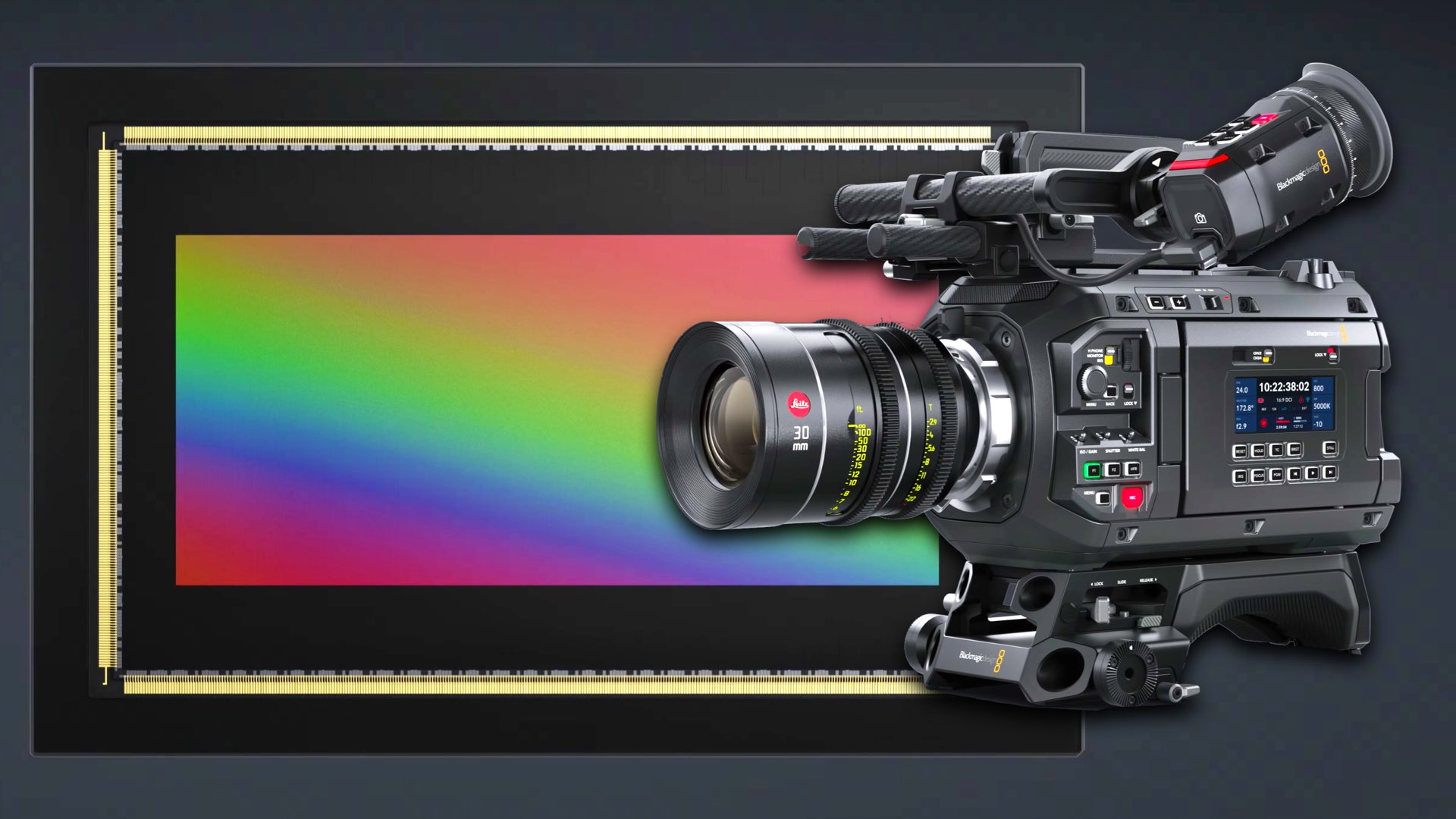
Blackmagic URSA Cine 17K
Blackmagic was a camera company that specialized in Micro 4/3 cameras. However, “Was” is the key word here. The company jumped straight to massive sensors developed in-house. Yes, you heard right. The mighty medium format 65mm sensor implemented on the upcoming URSA Cine 17K has been developed by Blackmagic. It’s not a Sony sensor. The sensor presents ultra specs: 17K, 65mm, 50.808mm X 23.316mm. The diameter is 55.9. Resolution is 17,520 pixels X 8,040 pixels. That a sensor similar to the acclaimed ARRI ALEXA 65, and it’s dedicated to IMAX style production, VFX plates, replacing an array of cameras, and in one sentence: Made for high-end cinema applications, just like the ARRI 65, but with a much much much more affordable price, so you can buy this camera (as opposed to rental-only of the ARRI 65). Moreover, Blackmagic says that the dynamic range is 16 stops, and the imagery looks best of the best.
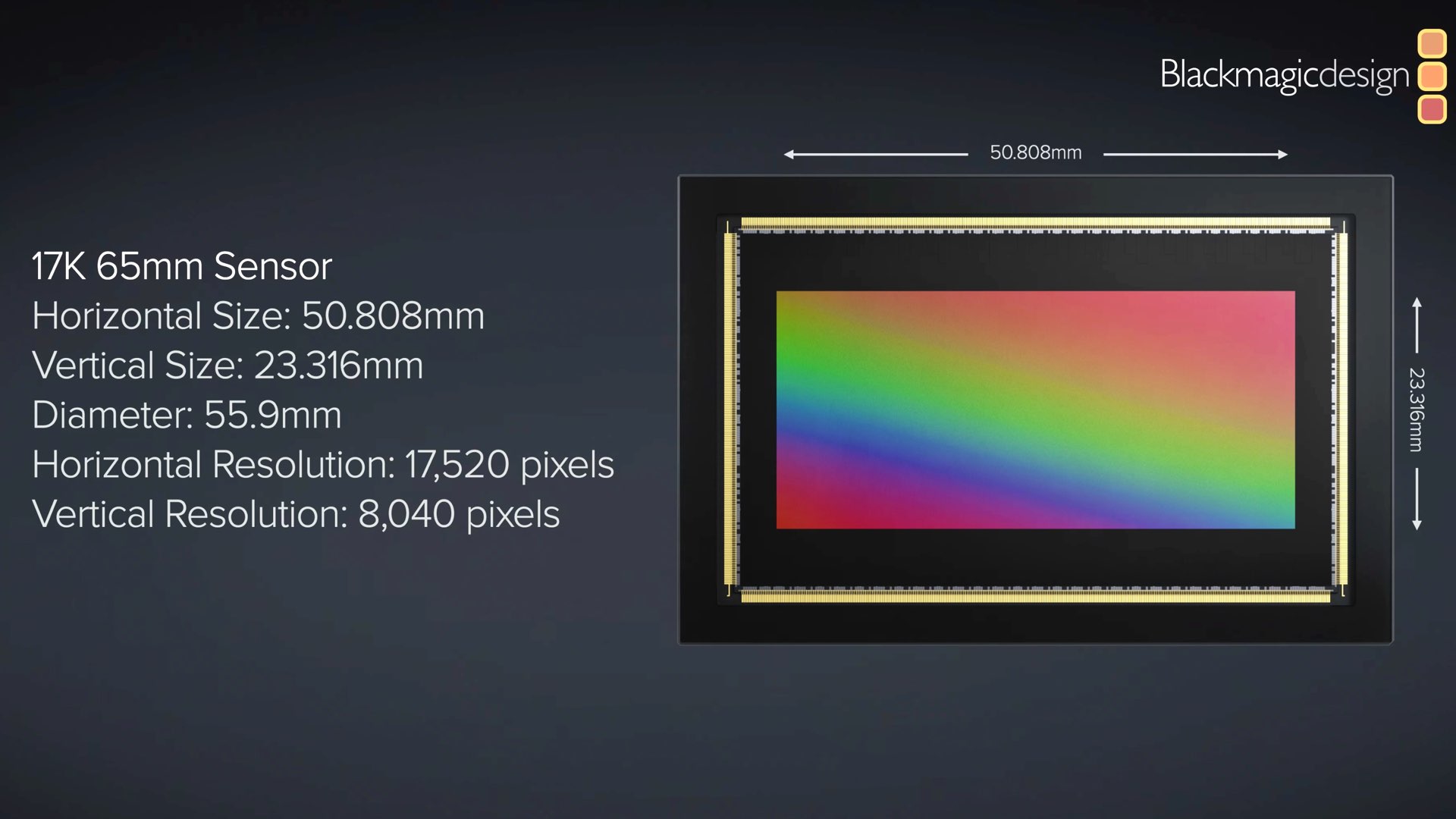
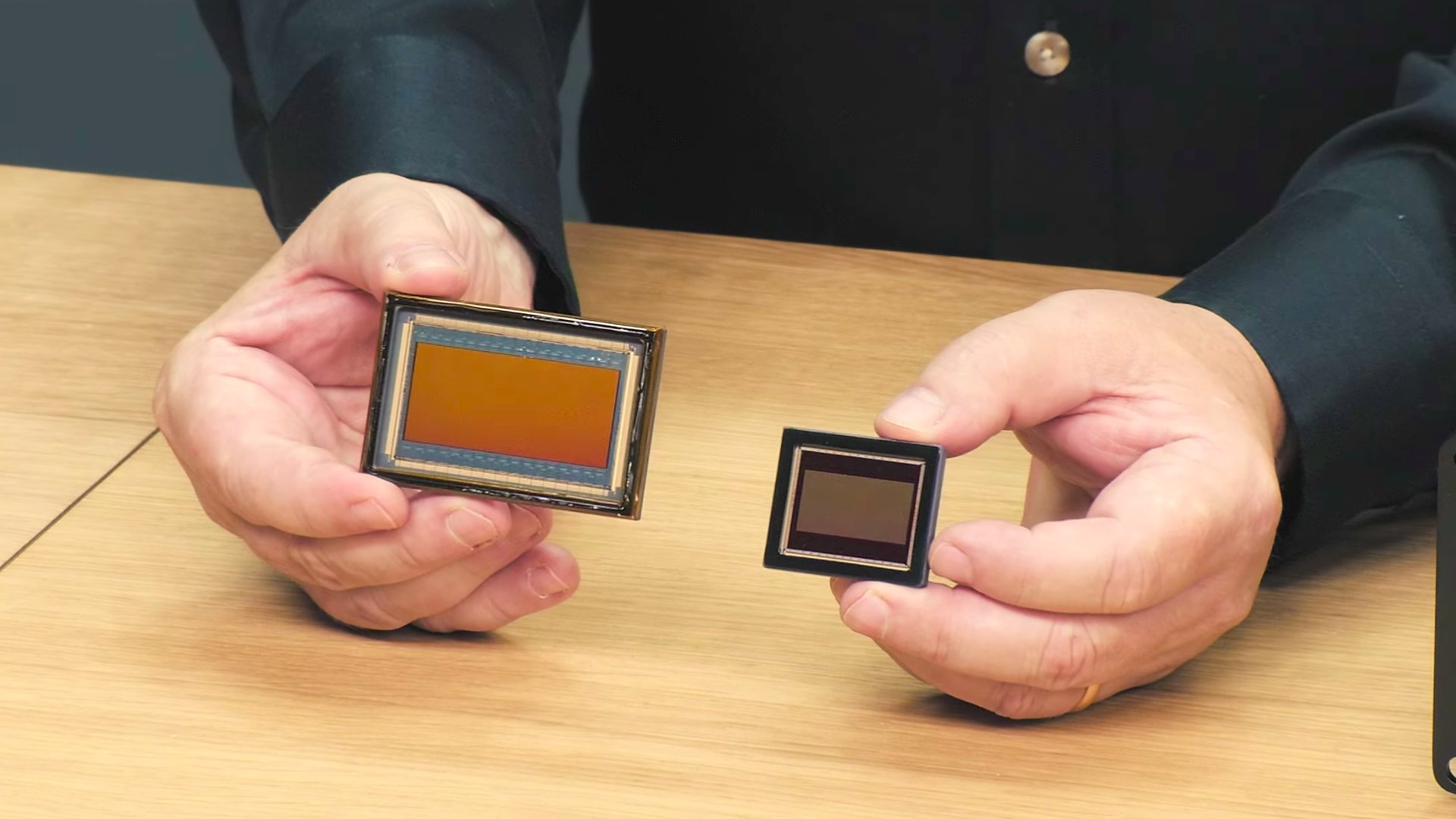
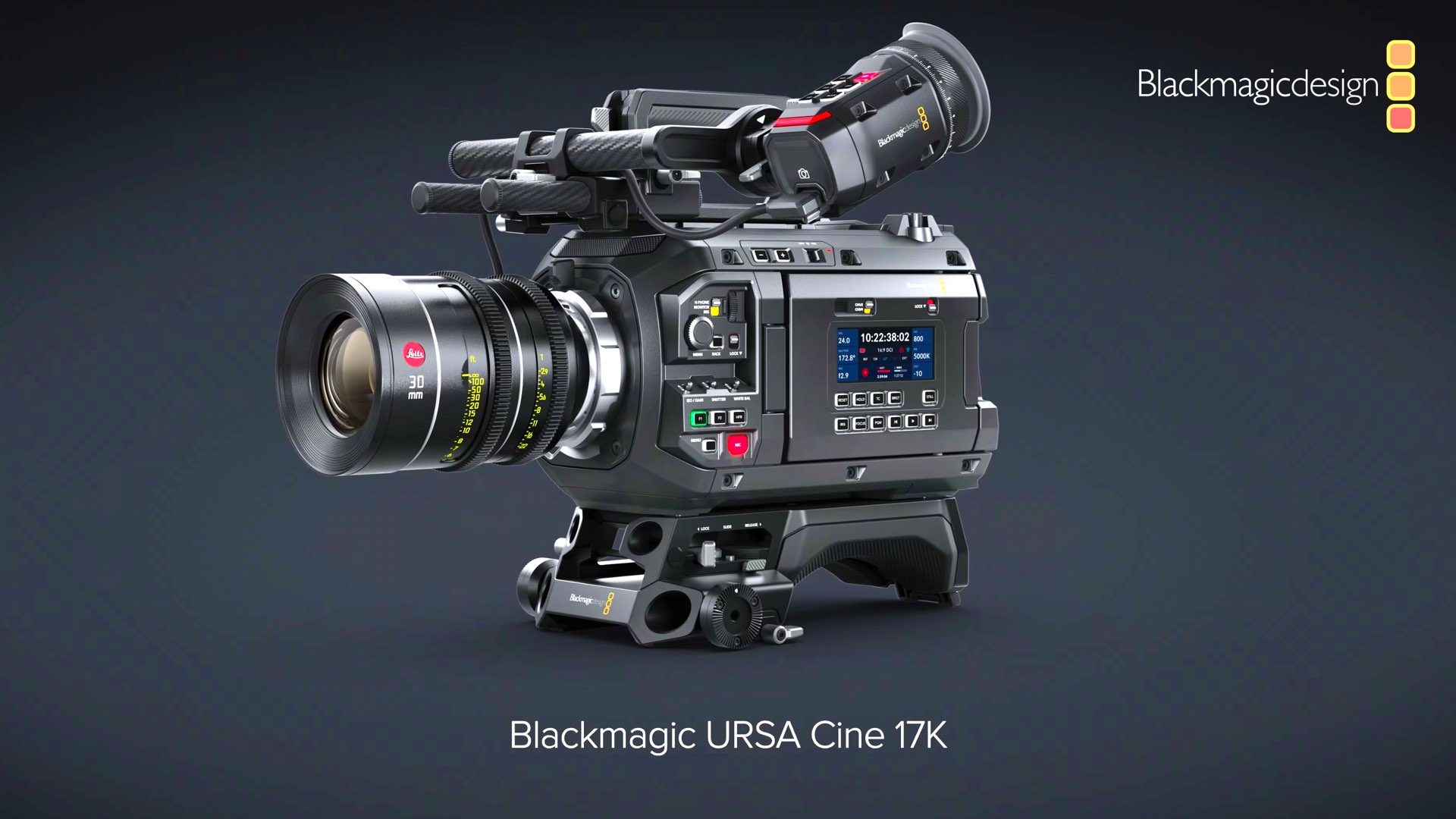
Full 65mm sized sensor
This is what Grant Petty, Blackmagic Design CEO, said about the URSA Cine 17K:
It’s a 17K sensor and that’s the current 12K sensor from the URSA Mini Pro. It’s a full 65mm in size. It’s 50.808mm by 23.3mm. It’s a similar size as a 70mm 5-perf film. It has the same photo sight as the new full-frame 12K sensor, so this larger size means the sensor is 17K. Its resolution is actually 17,520 pixels by 8,040 pixels at 16 stops of dynamic range. The camera is very similar to the 12K and both models were developed at the same time. This model doesn’t have ND filters built in because the sensor is so large the filters don’t fit, Otherwise, the features are the same, It’s an amazing camera. Now, it won’t ship until close to the end of the year because the lead times are so long and we’re still working on tweaking the software but I think it’ll be really exciting to shoot with it. Imagine if every film could be shot in IMAX style resolutions without being a complex process and that’s our dream, to make high-resolution shooting really easy. As far as cost goes we’re not exactly sure what the price of this will be at. It’ll obviously be a lot more than the 12K model but we should know more towards the end of the year what the price is okay.
Grant Petty, Blackmagic Design CEO
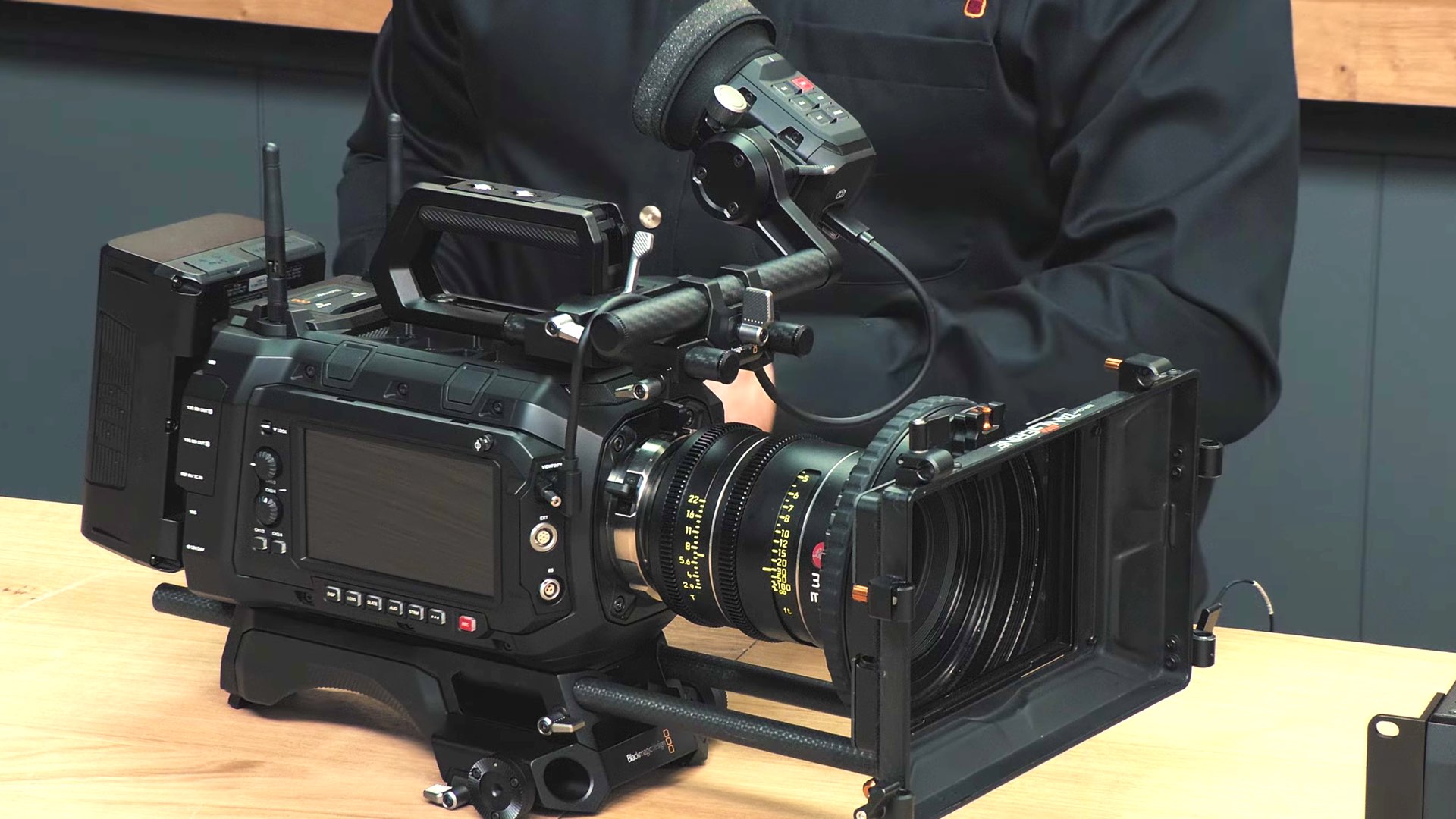
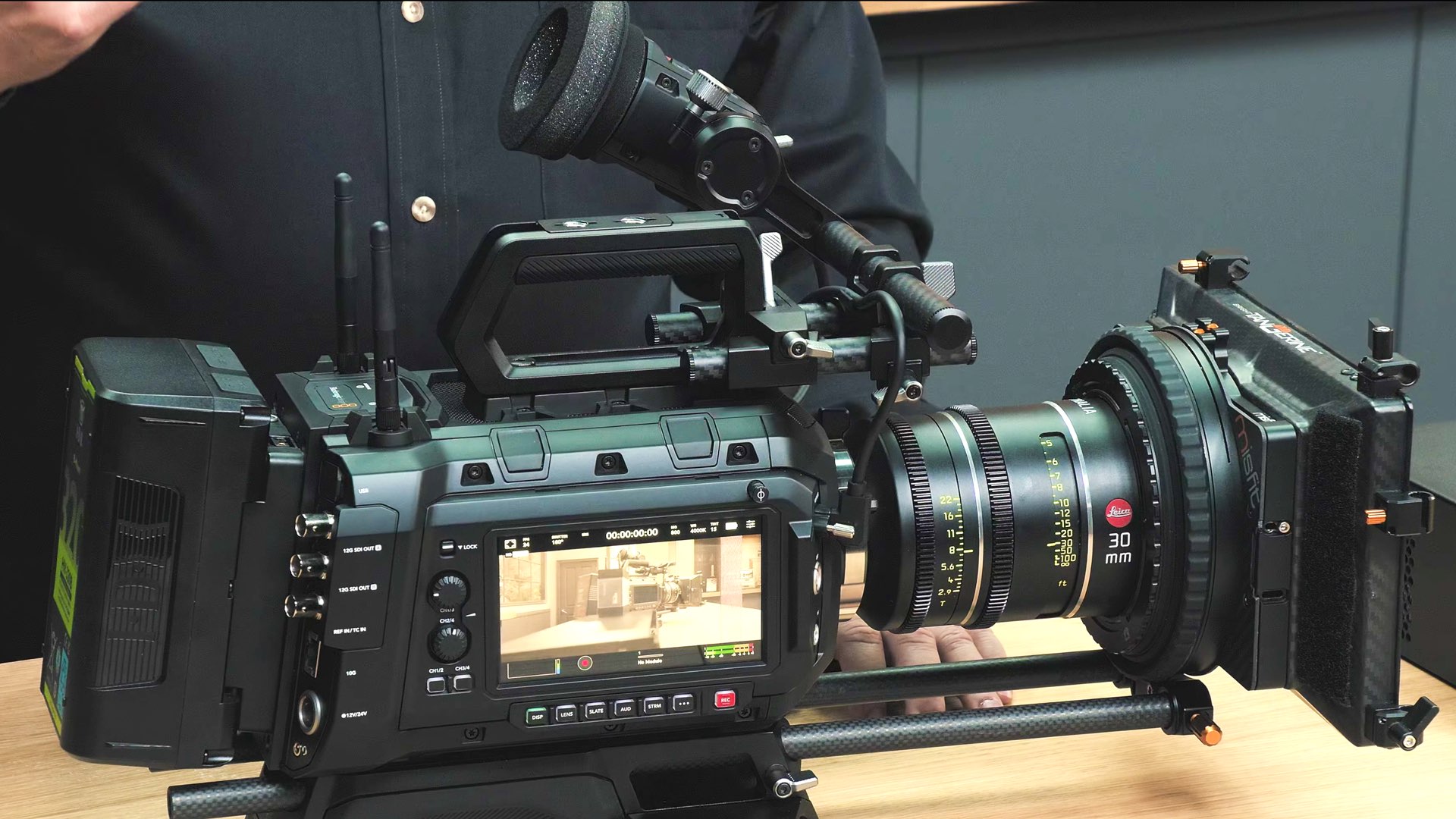
IMAX filmmaking for the masses
Now, before IMAX calls us to tell us that the URSA 17K is not an IMAX-certified camera, and has nothing to do with the IMAX brand, we just want to say that for us, IMAX filmmaking can be done with a 65mm high-resolution digital camera, and that the URSA Cine 17K seems like a perfect fit (so IMAX – don’t call us). You also can claim that Blackmagic disrupts medium format cinematography as we know it. It will be intriguing to make a big screen comparison between the URSA Cine 17K to the ARRI ALEXA 65. Which will win?

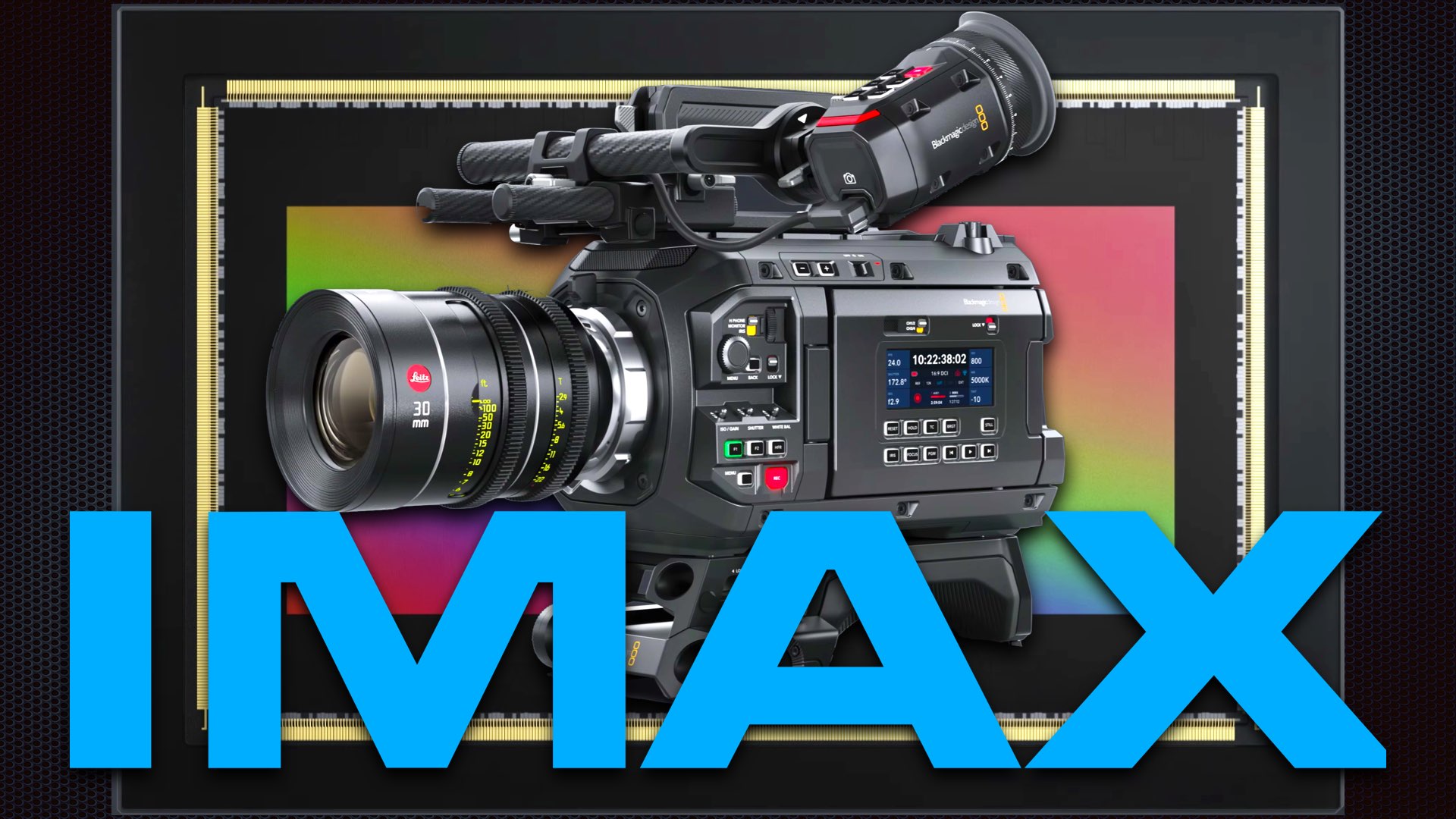



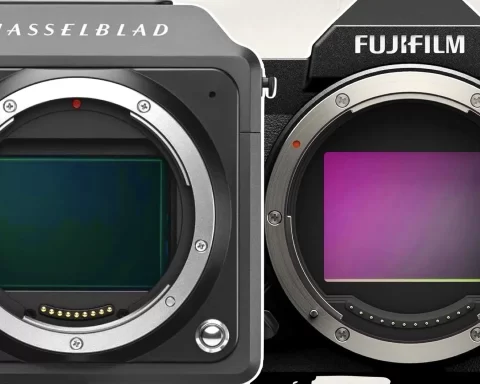

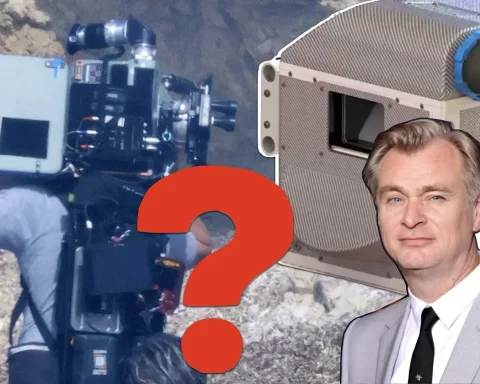

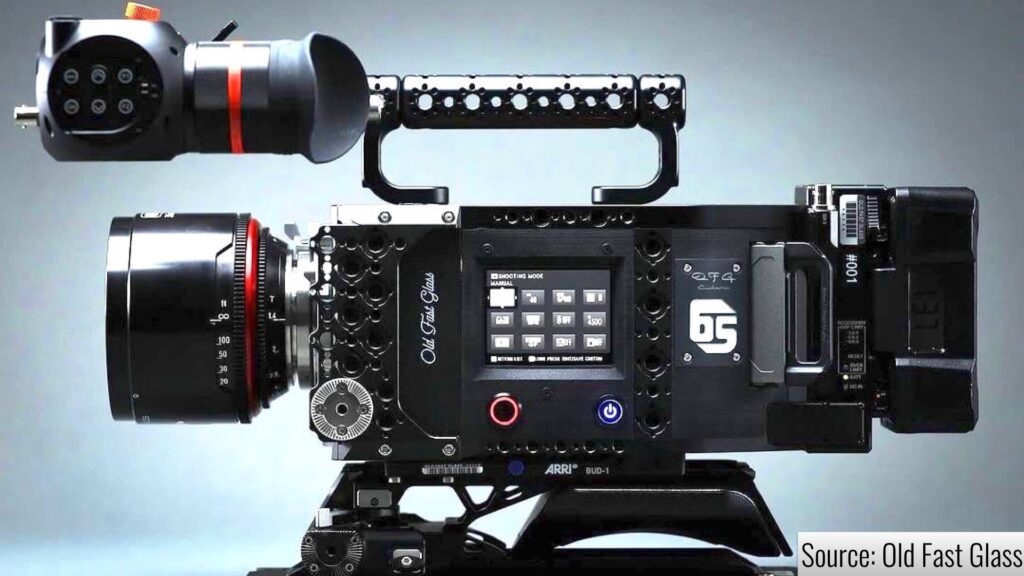
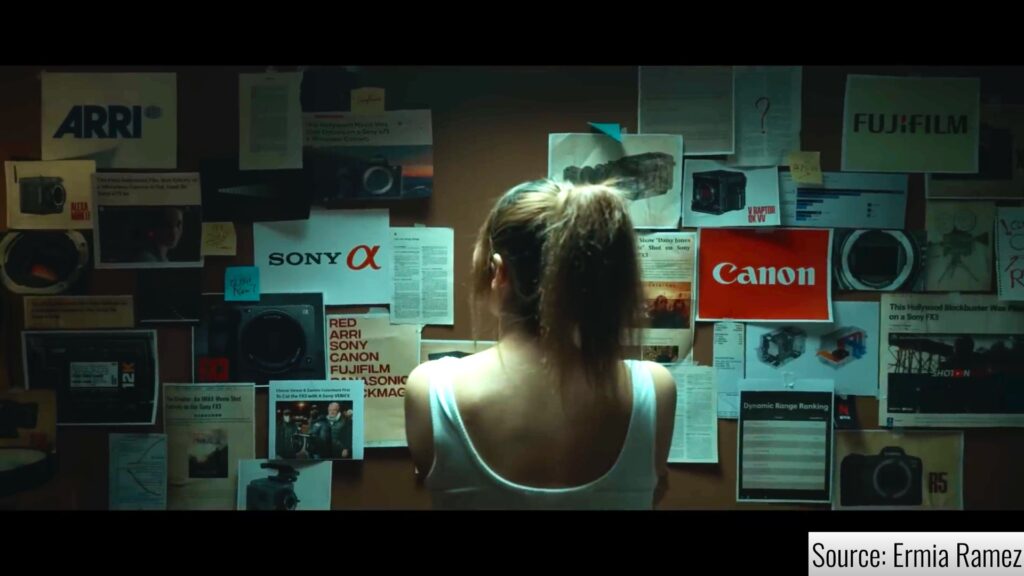



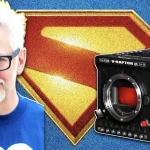
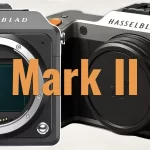
Since we can’t call it an IMAX, I suggest we bestow the name “BLACKMAX”.
OMG please stop it.. It’s getting so anyoing and confusing more and more. The Cine 17K and the Alexa 65 are both no IMAX Cameras (certified or not) with their Aspect Ratio of 2.20:1 = Scope Cameras for large classic Cinemas.
The Cine 12K is offically designed for a perfect debayered 4K Resolution and the Cine 17K then for 5,6K Resolution (which is impresive and higher than Alexa 65 = 4,3K). And there’s is no way to PROJECT it, all Projectors end at 4K Resolution, which is an over 10 Years old DLP technology to this Date(!). No 6K no 8K DLPs in sight.
The 17K is NOT competing with the “complex process..” real 1570? Ratio?? or what? never it is. It’s competing with the allready DIGITAL Cameras like Alexa 65, nothing IMAX there. Not in Terms of Resolution, Aspect Ratio, and Experience.
But huge congratulations for BM for this anyway! but sadly BS marketing
Yeah, the 17K camera might have benefitted from a 3:2 or 4:3 sensor to more closely match IMAX’s 1.43:1 aspect ratio. But kudos to BMD for this accomplishment. I just hope the rolling shutter is not too bad.
Some people here don’t seem to understand the concept of cropping, where you simply detract a 1.43:1 crop from a 5perf70 ratio captured image. So this camera can absolutely be used as a digital IMAX camera provided IMAX approves it.
Also debayering has become so good none of you are going to be able to tell the difference. So this camera can easily offer an 8K image downscaled from 17K. And 16K in the future. And the fact there are no projectors is pretty moot, considering the advancement in very large microled displays. Its pretty obvious that these will eventually replace projection screens and offer a vastly superior image quality, including Dolby Vision or HDR and perfect contrast and black levels. It’s about time.
Happily, i can correct you in some of your Points, and bring a slight of Reality in it..
1. Cropping a 5/70 Area or the BM 17K 50,8×23,3mm Area to 1,43 results in 33,3mm horizontal use FOV. Which gives away any “Large/Medium” Format Advantage Claim or Lens “MediumFormat-Look”. This would lose x2,18 the Size of the Sensor, so only 7,8K would be used, which will result (like Blackmagic intends and Tests say of the Subsampling Technology of THIS Sensor) in a Perfect (only) 2,6K horizontal Resolution. Pretty dumb Idea…
A new BM Pyxis for 3000$ would be enough (and probably the much better Idea) for that task.
2. Only point which you are correct, IMAX could approve it anyway, because thats pointless today. The “certificate” is without any Value today.
3. Whatever you think about Debayering doesn’t mind, because it’s already clear and test and intended from BM themselves, how THIS Sensor Subsampling is working. If you’re interested, you will find an explicit Article about the 12K Sensor Technology at slashcam.com
Maybe you can’t tell a difference, but others out of that
4. So what’s for you pretty obvious for in the future about LED-Cinema is already a big loss of money and a headache for Cinemas, who invested in the System (mostly Samsung OnyxLED). The 10m x 5m LED Walls, to repeat for you, Ten meters and five meters.. cost way over 1 MILLION Dollars per System for that small size.
In Comparison to a genuine IMAX 1.43 Theater 26m x 20m, which is 10 x, again, a TEN TIMES LARGER Area.. will be financially absolutely impossible at the moment and an economical suicide. Maybe in 50 Years..
By the Way, the Cinema Market is not doing good, besides a few exceptions
Lets hope for the new IMAX 70mm Cameras and still missing new 15/70mm Projectors to open the Chance for some new 1.43 Theater Locations.
The BM Cine 17K will be a brilliant high-end 5/70 “digital” Camera, no doubt. Maybe some Day BM will splice 3x 17K Sensors vertically together to have a real “digital”IMAX 1.43 pendant. That would result in 24K x 17K, perfect subsampled 8K x 5,6K, which will appear very sharp due to digital squared Pixel Basis. Then, it’s just a DLP 8K x 6K Chip missing for projection.., which maybe will never come. Because the mainstream doesn’t care, because they maybe will not “be able to tell the difference” …